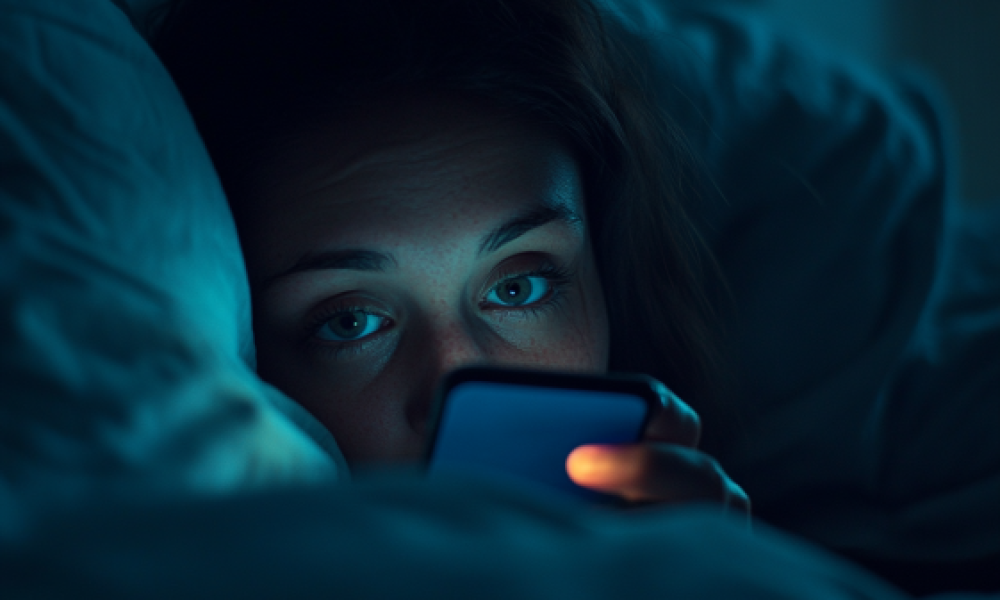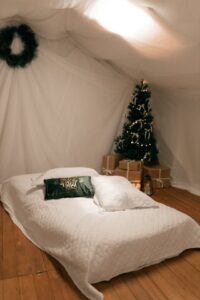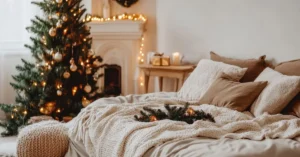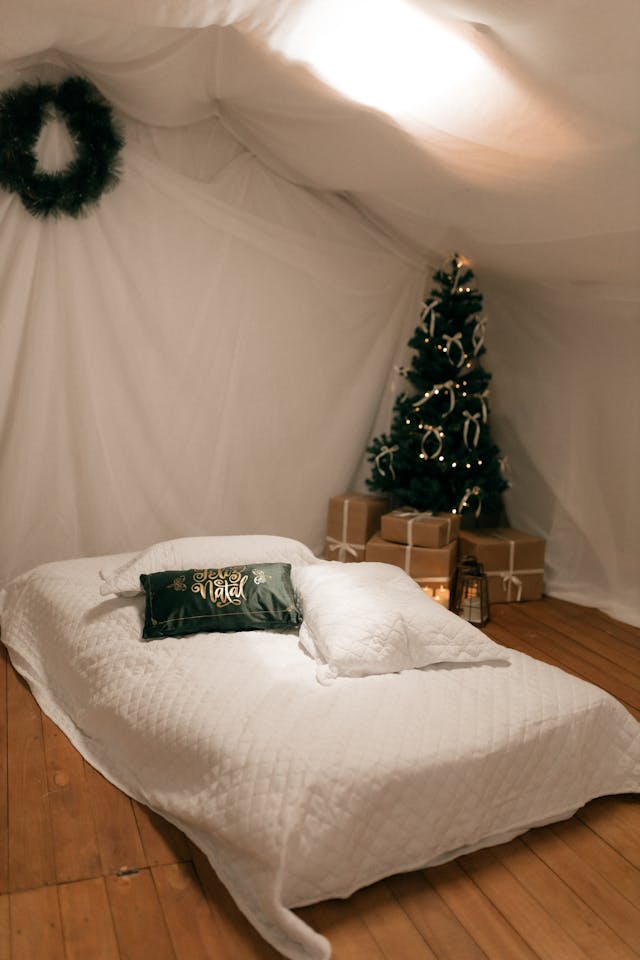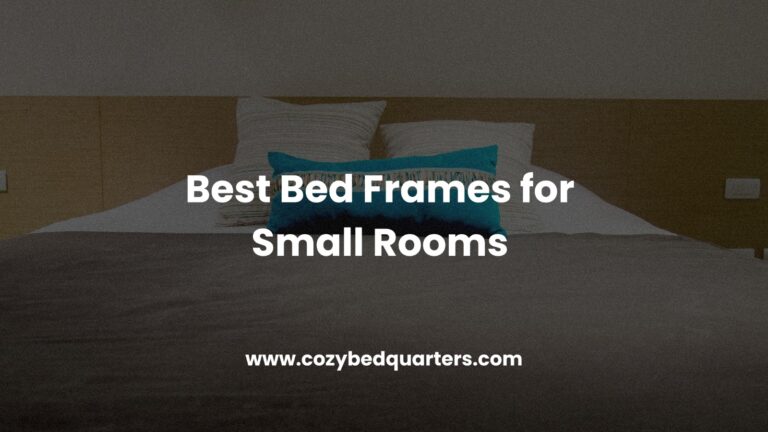How Blue Light Affects Your Sleep & How to Block It Naturally
How Blue Light Affects Your Sleep is more critical than ever in our digital world. This detailed guide explains how evening blue light impairs melatonin production, delays sleep onset, reduces deep and REM sleep, and increases nighttime alertness—and offers natural, actionable solutions like filters, glasses, lighting strategies, and behavior modifications to reclaim restful sleep. Explore more in our sleep science and technology guide.
Key Takeaways on How Blue Light Affects Your Sleep
- Even low-intensity household lighting can suppress melatonin if rich in blue wavelengths.
- Screen filters like f.lux or Night Shift cut blue light exposure by 30–60% if used consistently.
- Blue-light blocking (amber) glasses used 1–2 hours before bed help normalize melatonin rhythms.
- Warm-red ambient lighting supports better sleep initiation compared to white or cool lights.
- Building a tech-free bedtime routine, including screen curfews and reading, reduces sleep latency.
What Is Blue Light & How Blue Light Affects Your Sleep
Blue light refers to visible wavelengths around 400–500 nm, especially near 480 nm, which strongly activate melanopsin-sensitive ipRGC cells in the eye. These cells signal your brain’s suprachiasmatic nucleus to suppress melatonin and boost alertness—even at low light levels like 8 lux—impacting your sleep rhythm. Learn more from the Sleep Foundation.
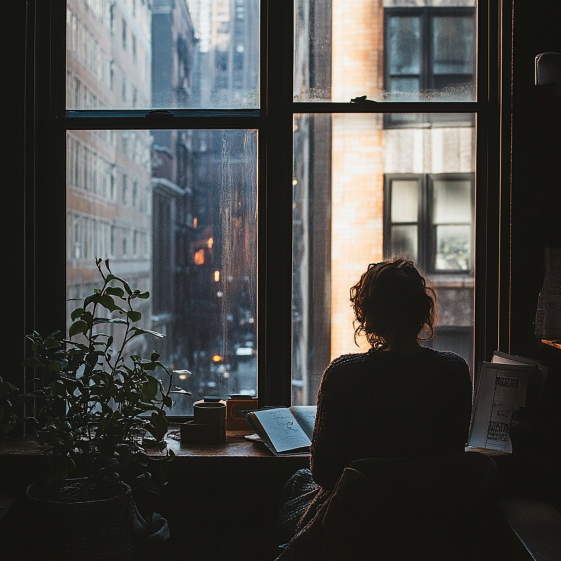
How Blue Light Affects Your Sleep:
- Suppresses Melatonin & Shifts Circadian Timing – Compared to green light, blue light delays melatonin onset by up to three hours and suppresses its production twice as long.
- Delays Sleep Onset & Degrades Sleep Quality – Exposure before bedtime can increase time to fall asleep and reduce restorative phases, deep sleep and REM cycles.
- Impaired Athletic Recovery & Cognitive Performance – Sleep fragmentation from blue light exposure can further impair focus, memory, and physical recovery.
Common Sources of Blue Light in Daily Life
From screens to LED lighting, common evening exposures include:
- Smartphones, tablets, laptops, TVs, gaming devices
- LED/fluorescent bulbs and car headlights
Discover how sleep science and bedroom tech are evolving to mitigate these effects.
Natural Ways to Block Blue Light & Sleep Better
Here’s how to minimize the impact of blue light and recover restful sleep:
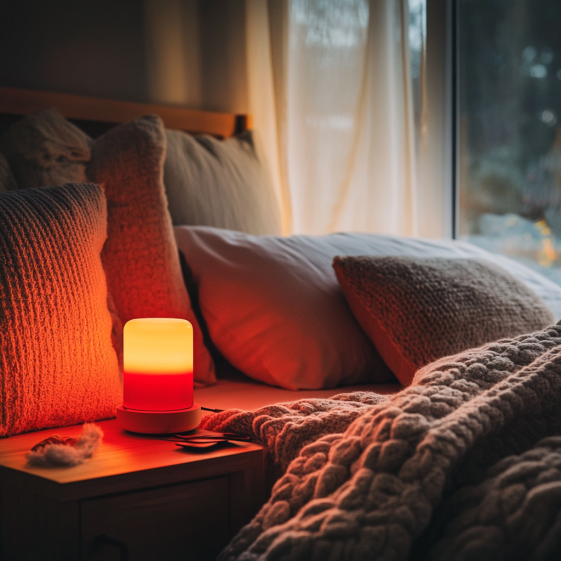
Eachnight offers additional natural sleep solutions and tips for reducing light pollution in your bedroom.
1. Use Blue Light Filters on Devices
Enable built-in tools like iOS Night Shift or Windows night light, or install f.lux—which adapt screen warmth to the time of day.
A widely circulated biohacking trick converts iPhone screens to red via shortcuts—a method shown to reduce melatonin suppression and help maintain sleep continuity.
2. Wear Blue-Light Blocking Glasses
Orange or amber lenses worn before bed can mitigate melatonin suppression and improve sleep onset in shift workers and insomnia sufferers.
3. Use Warm or Red Ambient Light
Red or amber LED bulbs minimize circadian disruption. Browse The Spruce for recommendations on low-blue light home lighting and calming sleep environments.
4. Reduce Screen Time Before Bed
Powering down devices 60 minutes before sleep helps reduce exposure not just to blue light but to emotionally stimulating content.
Best Light Alternatives at Night
To illuminate your evenings safely:
- 🔴 Red LED bulbs
- 🔴 Himalayan salt lamps
- 🔴 Candles or amber desk lights
When Blue Light Is Actually Helpful
Daytime exposure to natural or blue-enriched light helps:
- Improve focus and cognitive alertness
- Elevate mood and energy
- Strengthen circadian alignment when timed properly
Architectural Digest explores how modern home designs incorporate natural lighting to support circadian wellness.
FAQ
- Do blue-light glasses really work?
- Studies show they can help in certain cases—particularly for shift workers or severe insomnia—but their effect varies.
- Is green light okay before bed?
- Green light suppresses melatonin but less than blue. Use warm-toned light when possible before sleep.
- How long before bed should I stop screen use?
- Most experts recommend a 60-minute screen curfew—some individuals may need more if sensitive to light or mental stimulation.
- Can red-screen settings solve the problem?
- Red screens help reduce blue light exposure and discourage scrolling, but habit changes are also important.
Final Thoughts: Block Blue Light & Sleep Soundly Tonight

Now that you understand how blue light affects your sleep, it’s time to act. Use device filters or red-screen modes, wear amber glasses, shift to warm-red lighting in the evening, and establish screen-free wind-down habits.
If blue light is just one piece of your sleep puzzle, explore our broader insomnia recovery and sleep hygiene guides.
🌙 Sleep better. Feel better. Live better.
Related reading from Cozy Bed Quarters
- How Bedroom Lighting Affects Sleep Quality
- Best Curtains for Better Sleep: Blackout vs. Light Filtering
- Insomnia Recovery: Sleep Hygiene Tips That Work
Other reading we found popular
- Natural Sleep Solutions to Improve Your Nights
- Best Home Lighting Ideas for Relaxation
- Designing Homes with Natural Light for Wellbeing
- Expert Insights on Sleep and Circadian Health

